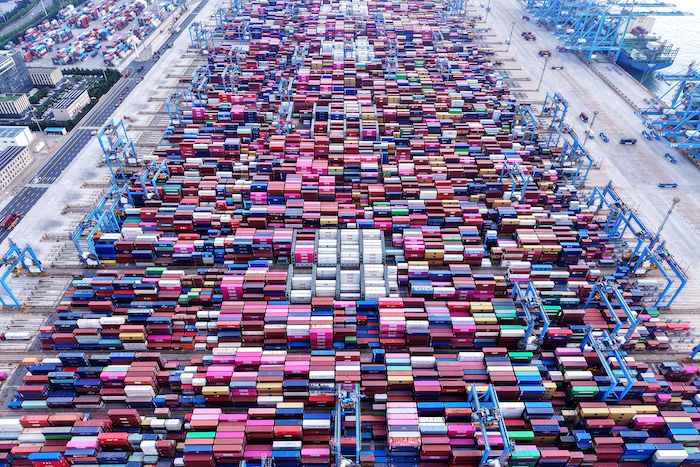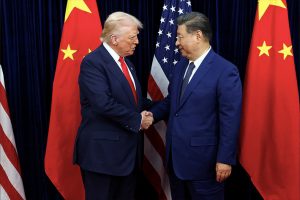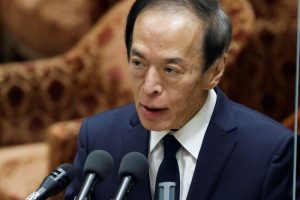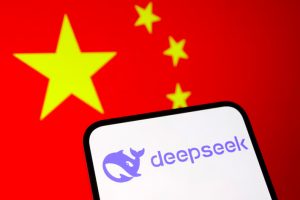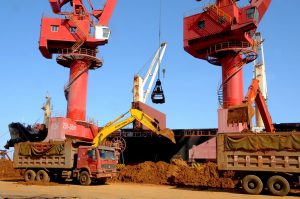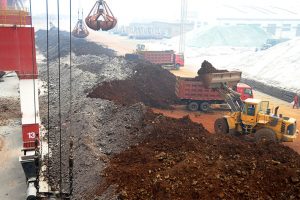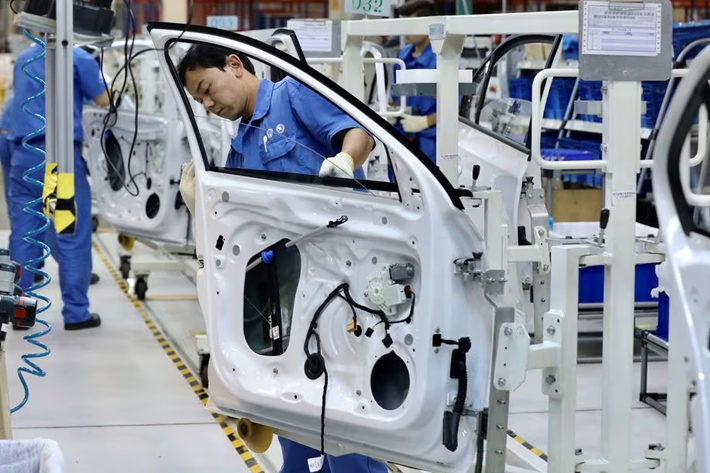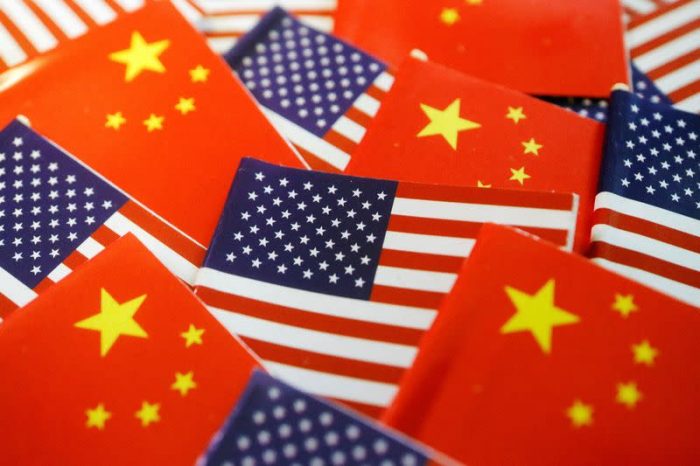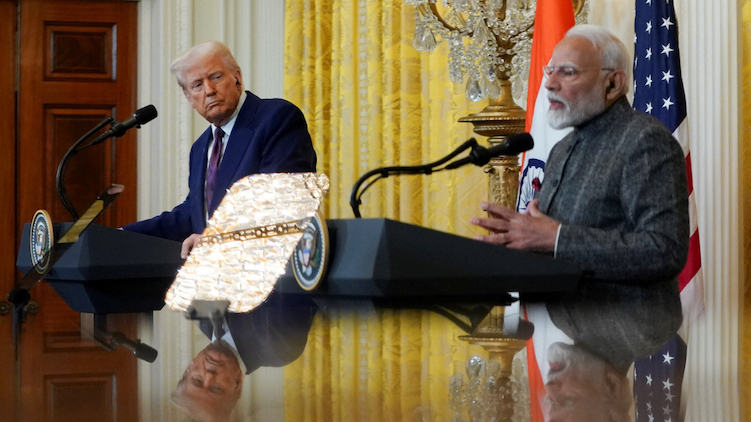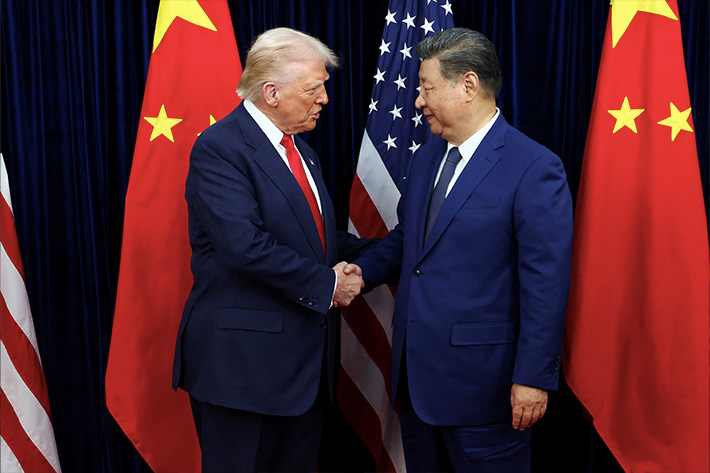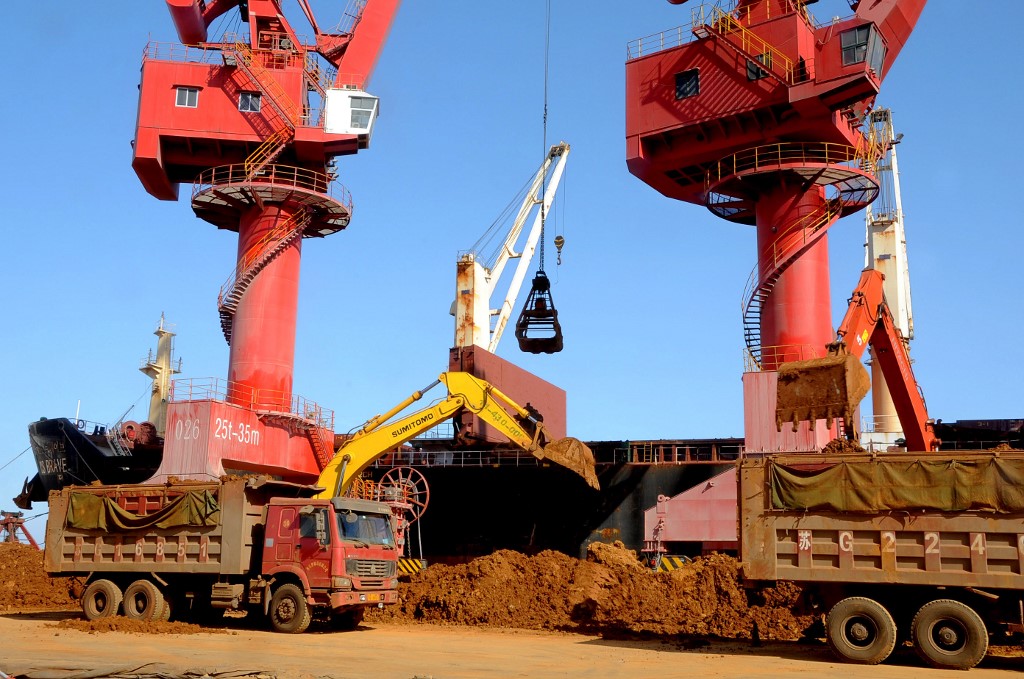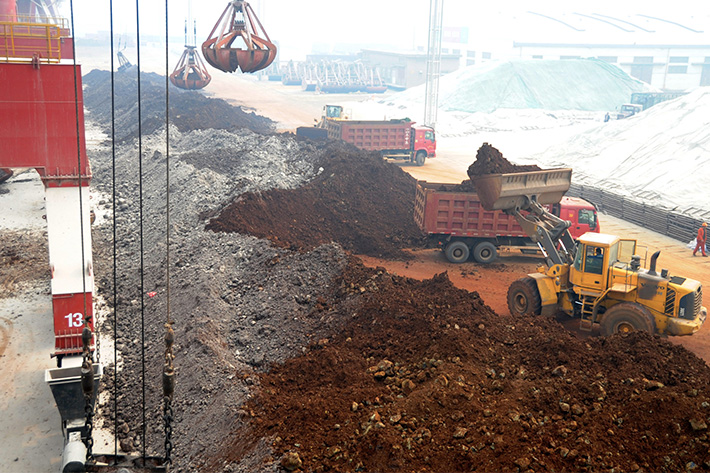China’s economy slowed in the third quarter, according to data released on Monday, which showed that it remains structurally imbalanced – dependent on exports, while domestic demand continues to be subdued.
Beijing says it enjoyed economic growth of 4.8%, not far off its target of 5% this year. However, analysts have noted that there is speculation that it is ‘keen to show economic resilience’ prior to trade talks with the US this week.
Beijing may be using the headline resilience in growth as a show of strength in talks between Vice Premier He Lifeng and Treasury Secretary Scott Bessent in Malaysia in coming days and a potential meeting between presidents Donald Trump and Xi Jinping in South Korea at the end of the month.
ALSO SEE: Trump Admits Threat of 100% Tariffs on China is ‘Not Sustainable’
Still, that export strength belies weakness on home turf, where lacklustre demand gives manufacturers no choice but to fight price wars in foreign markets, and compromise on their profitability.
‘Intense export rivalry forcing price, job cuts’
Jeremy Fang, a sales officer at a Chinese aluminium products maker, says his firm lost 20% of revenue as higher sales in Latin America, Africa, Southeast Asia, Turkey and the Middle East failed to fully offset an 80%-90% order plunge in the US.
Fang said he is learning Spanish to get ahead of his Chinese competitors rushing to non-US markets and is now travelling abroad twice more often than he did last year.
But that extra effort isn’t enough.
“You have to be ruthlessly competitive on price,” Fang said. “If your price is $100 and the customer starts bargaining, it’s better to drop $10-$20 and take the order. You can’t hesitate.”
This intense competition among Chinese exporters feeds further weakness at home, with many having to cut wages and even jobs to stay in the race.
Retail sales dip, home prices still sinking
While industrial output grew to a three-month high of 6.5% year-on-year in September, beating forecasts, retail sales slowed to a 10-month low of 3.0%.
Further hitting consumers by making them feel less wealthy, data also showed new home prices falling at their fastest pace in 11 months in September. Investment in the crisis-hit property sector fell 13.9% year-on-year in the first three quarters.
‘You know the precious metals is interesting because i do think it we have kind of entered in a new era and and really it’s kind of a throwback to the 70s where
“China’s growth is becoming increasingly dependent on exports, which are offsetting a slowdown in domestic demand,” Capital Economics analyst Julian Evans-Pritchard said.
“This pattern of development is not sustainable, and so growth is at risk of slowing further over the medium-term unless the authorities take much more proactive steps to support consumer spending.”
Focus on five-year plan
Such calls for structural measures that make China’s economy more reliant on household consumption have grown louder ahead of this week’s key Communist Party summit, where its elites will discuss the country’s next five-year development plan.
But while the meeting is likely to result in pledges to boost domestic demand, it is also expected to stress the need for continued technological breakthroughs and the need to upgrade the country’s sprawling industrial complex as a national security priority.
This could keep the flow of economic resources tilted primarily towards manufacturers at the expense of households.
A change in its growth model would make China a bigger contributor to global demand and might help tone down trade tensions. But there is no sign that Beijing is willing to relent on the industrial front as competition with the US intensifies.
So far, it has been successful in diversifying away from US markets. Its US export sales were down 27% year-on-year last month, but shipments to the European Union, Southeast Asia and Africa grew by 14%, 15.6% and 56.4%, respectively.
And China is using its near-monopoly position in the production of rare earths as leverage to try to extract more concessions from Washington. This prompted renewed threats from Trump to add another 100 percentage points to tariffs on imports from China, but also messages from Washington that the two sides are willing to lower the temperature.
Triple-digit tariffs would effectively place a painful trade embargo on the world’s two largest economies, but Beijing might feel it can bear the pain for longer.
“Relatively speaking, China is in a better position than the US,” said Yuan Yuwei, hedge fund manager at Water Wisdom Asset Management.
“At worst, ordinary people may tighten their belts and some workers are left idle. But in the US, if you cut 10-20% of worker’s salary, people go out into the street to protest. China can suffer for longer than the US.”
Property downturn still unaddressed
Overall, the economy grew 5.2% year-on-year in January-September.
If policymakers feel the economy is veering off target in the fourth quarter, one option is to speed up infrastructure investment, given that they are currently frontloading 2026 debt issuance.
After all, fixed-asset investment shrank 0.5% in January-September from a year earlier, suggesting room for improvement in that area.
Some analysts believe Beijing doesn’t need more stimulus measures this year. But others still see a strong case to offer support to underperforming sectors.
“With China on track to hit this year’s growth target, we could see less policy urgency,” said Lynn Song, chief economist, Greater China at ING.
“But weak confidence translating to soft consumption, investment, and a worsening property price downturn still need to be addressed.”
- Reuters with additional editing by Jim Pollard
ALSO SEE:
US-China Tensions Rise Amid Disputes on Rare Earths and Trade
US May ‘Extend Tariff Truce’ If China Delays New Rare Earth Rule
China Making Exports Of Rare Earth Magnets ‘Increasingly Difficult’
China Starts Collecting Tit-For-Tat Port Fees On US-Owned Ships
Lessons From Japan on Tackling China’s Rare Earth Dominance
China Steps up Checks on Nvidia AI Chips at Major Ports
Trade Deal Signed, But China Still Slow to Release Rare Earths
China Stops Most Antimony Exports But Rare Earth Sales to US Soar
China Did Not Agree to Military Use of Rare Earths, US Says




